Home>Ideas and Tips>Biophilic Office Design: Bringing Nature into Your Workspace
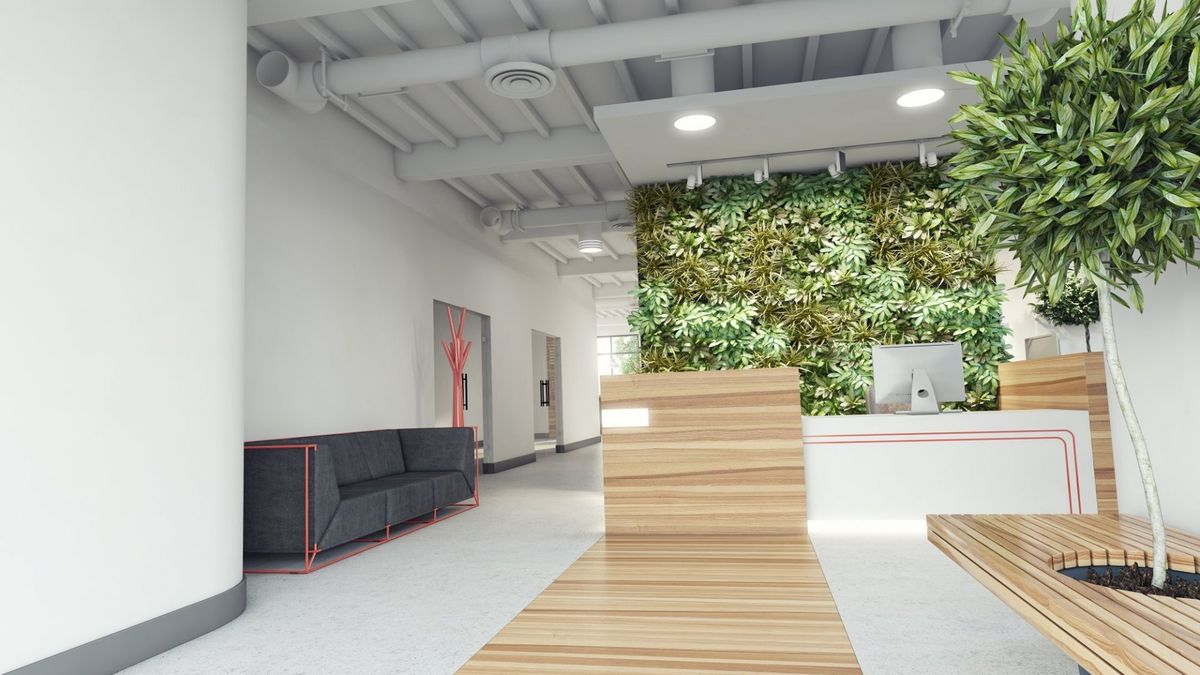

Ideas and Tips
Biophilic Office Design: Bringing Nature into Your Workspace
Published: September 22, 2024
Discover how biophilic office design enhances productivity and well-being by integrating natural elements into your workspace.
(Many of the links in this article redirect to a specific reviewed product. Your purchase of these products through affiliate links helps to generate commission for Storables.com, at no extra cost. Learn more)
In today's fast-paced corporate world, organizations are increasingly recognizing the importance of creating a conducive work environment that fosters employee creativity, productivity, and well-being. One innovative approach gaining popularity is biophilic design, which involves incorporating natural elements into the workplace. By integrating nature-inspired features, companies can harness the power of biophilia, the innate human connection to nature, to improve employee productivity and overall workplace satisfaction. In this article, we will explore the concept of biophilic design and its impact on the workplace, highlighting how nature can be brought indoors to create a harmonious and stimulating work environment.
The Concept of Biophilia
Biophilia, derived from the Greek words "bios" (life) and "philos" (love), refers to the instinctive human bond with nature and the need to be in natural surroundings to maintain a healthy mind and body. This concept was first introduced by biologist E.O. Wilson in his 1984 book "Biophilia," where he argued that humans have an innate tendency to seek connections with nature. In modern times, biophilic design has evolved as an architectural and interior design strategy that aims to reconnect people with nature by incorporating natural materials, patterns, and elements into the constructed environment.
Read more: Nature-Inspired Biophilic Interior Design
The Benefits of Biophilic Office Design
Biophilic office design offers numerous benefits that can significantly enhance the workplace environment. Here are some of the key advantages:
Enhanced Employee Productivity
Biophilic design has a profound impact on employee productivity. By incorporating natural elements into the workspace, employees experience reduced stress levels, increased focus, and improved cognitive function. Studies have shown that exposure to nature in the workplace increases job satisfaction and a greater sense of well-being, resulting in increased productivity and creativity. The presence of indoor plants, green walls, and natural light stimulates the senses and creates a calming atmosphere that enhances overall productivity.
Improved Health and Well-being
Biophilic design contributes to the physical and mental well-being of employees. Natural light, a fundamental aspect of biophilic design, helps regulate circadian rhythms, promoting better sleep patterns and increased daytime alertness. Access to views of nature or natural elements reduces eye strain and mental fatigue, improving overall health. Moreover, the presence of indoor plants improves air quality by reducing toxins and increasing humidity, creating a healthier and more comfortable working environment.
Increased Employee Engagement and Satisfaction
When employees feel connected to their environment, their engagement and satisfaction levels soar. Biophilic design nurtures a sense of harmony and connection with nature, fostering a positive work culture. Employees working in spaces inspired by nature exhibit greater enthusiasm, creativity, and a higher level of commitment to their work. Organisations can attract and retain top talent by creating a workspace that aligns with employees’ innate biophilic tendencies, leading to a more productive and successful workforce.
Stress Reduction and Well-being
The biophilic design significantly reduces stress levels among employees. Nature-inspired elements have been proven to lower blood pressure, reduce anxiety, and promote relaxation. Greenery, natural textures, and soothing colours create a tranquil environment that allows employees to unwind and recharge. This, in turn, leads to improved mental well-being, increased job satisfaction, and a decrease in absenteeism and burnout.
The Three Pillars of Biophilic Design
To implement biophilic design effectively, it is essential to consider the following three pillars:
Nature in the Space
This pillar involves incorporating natural features such as plants or water fountains into the office space. Plants not only improve air quality but also contribute to a sense of nature within the workspace. From humble potted plants to sprawling green walls, the shades of green echo nature’s rhythm, elevating both soul and mind.
Natural Analogues
This pillar focuses on using materials, objects, and patterns that remind us of nature. Examples include wood furniture, honeycomb walls, and stone finishes. These elements serve as expressions of the natural world and create a harmonious atmosphere that fosters well-being and productivity.
The Nature of the Space
This final pillar involves incorporating spatial elements in the building layout that invite team members to mimic certain behaviors they would have in nature. For instance, quiet areas could be designed with cave shapes to provide refuge for employees. Modern businesses offer various types of workspaces for employees when coming on-site, including collaborative zones and lounge areas that reflect dynamic outdoor environments.
Practical Applications of Biophilic Office Design
Incorporating biophilic design into your office space is more than just a trend; it is a transformative approach to designing workplaces that prioritize employee well-being. Here are some practical applications:
Add Plants: An Oasis in Every Corner
Plants are one of the simplest yet most effective ways to bring nature indoors. They add texture and color to a space while acting as air purifiers, essential for cognitive health. Start with something as simple as a leafy fern on a desk or incorporate sprawling green walls to create an oasis in every corner.
Include Natural Light and Open Space Concept
Open the blinds, tear down barriers, and let the light in. An open concept coupled with natural light is both design and philosophy. It aligns space with blue-sky horizons, creating a feel that’s truly outdoors. Large windows, skylights, and other strategies can be employed to bring in daylight, reducing reliance on artificial lighting.
Include Water Features: The Symphony of Nature
Water features, be they grand fountains or simple tabletop arrangements, bring a calming rhythm. The sound of flowing water becomes a soothing balm to the frenzied pace of office life. This element not only enhances air quality but also creates a visually appealing and calming atmosphere.
Enhance Air Quality: A Breath of Fresh Life
Stuffy office spaces? Break free. The quality of air is life itself. Whether through advanced ventilation, air filters, or the humble grace of indoor plants, transform the air you breathe. Plants will bring comfort and revitalize staff with an invisible embrace of wellness.
Integrate Natural Materials: Harmony in Texture
Wood, stone, and fabrics mirror nature’s hues; these materials serve as expressions of the natural world. Including them is an affirmation of authenticity, a path towards a workplace that’s not just functional but also poetic. Wood furniture, for instance, provides a natural, calm, and warm work environment that relieves stress and fosters focus.
Biophilic Design in Other Spaces
The enchantment of biophilic design extends beyond office walls. Its grace touches hearts and heals across different environments:
Biophilic Healthcare Spaces: A Healing Touch
Imagine a healthcare space imbued with sunlight and adorned with plants, where stress eases and healing begins. Simple yet profound, these designs are not just aesthetic choices but compassionate gestures. For a deeper dive into the tranquility of biophilic healthcare spaces, explore this insightful blog.
Biophilic Retail Spaces: Engaging Customers
Retail spaces can also benefit from biophilic design by creating an inviting atmosphere that encourages customer engagement. Incorporating natural elements such as living walls or water features can enhance customer experience and increase brand loyalty.
Case Studies and Examples
Several companies have successfully implemented biophilic design in their workplaces, showcasing its transformative impact on employee well-being and productivity.
Example 1: Google's Biophilic Office
Google's headquarters in Mountain View, California, is renowned for its innovative use of biophilic design. The campus features lush gardens, natural light-filled spaces, and even an indoor rainforest. This design not only enhances employee satisfaction but also serves as a model for other companies looking to integrate nature into their workspaces.
Example 2: Amazon's Biophilic Workspace
Amazon's Seattle office boasts an impressive array of biophilic elements including living walls, natural light-filled atriums, and collaborative workspaces that mimic outdoor environments. This design has been credited with improving employee morale and productivity.
Conclusion
In summary, biophilic design transcends being a mere trend; it represents a transformative approach to crafting healthier and more inspiring workspaces. By incorporating elements like plants, natural light, water features, and natural materials into office spaces, organizations can enhance employee well-being, elevate productivity, reduce absenteeism, attract top talent, and improve the overall brand image of their organization. As our indoor lifestyles persist, the imperative for biophilic design has never been more crucial. Embracing the therapeutic influence of nature in your office can lead to a thriving workplace where employees feel connected to both their work environment and their natural surroundings.
By bringing nature into your workspace through biophilic design principles, you are not only creating a more comfortable working environment but also fostering an environment where creativity blossoms and the soul rejuvenates. It is time for organizations to recognize the profound impact that biophilic design can have on their employees' well-being and productivity, and to integrate these elements into their office spaces to create a harmonious and stimulating work environment that aligns with the innate human connection to nature.
Was this page helpful?
At Storables.com, we guarantee accurate and reliable information. Our content, validated by Expert Board Contributors, is crafted following stringent Editorial Policies. We're committed to providing you with well-researched, expert-backed insights for all your informational needs.
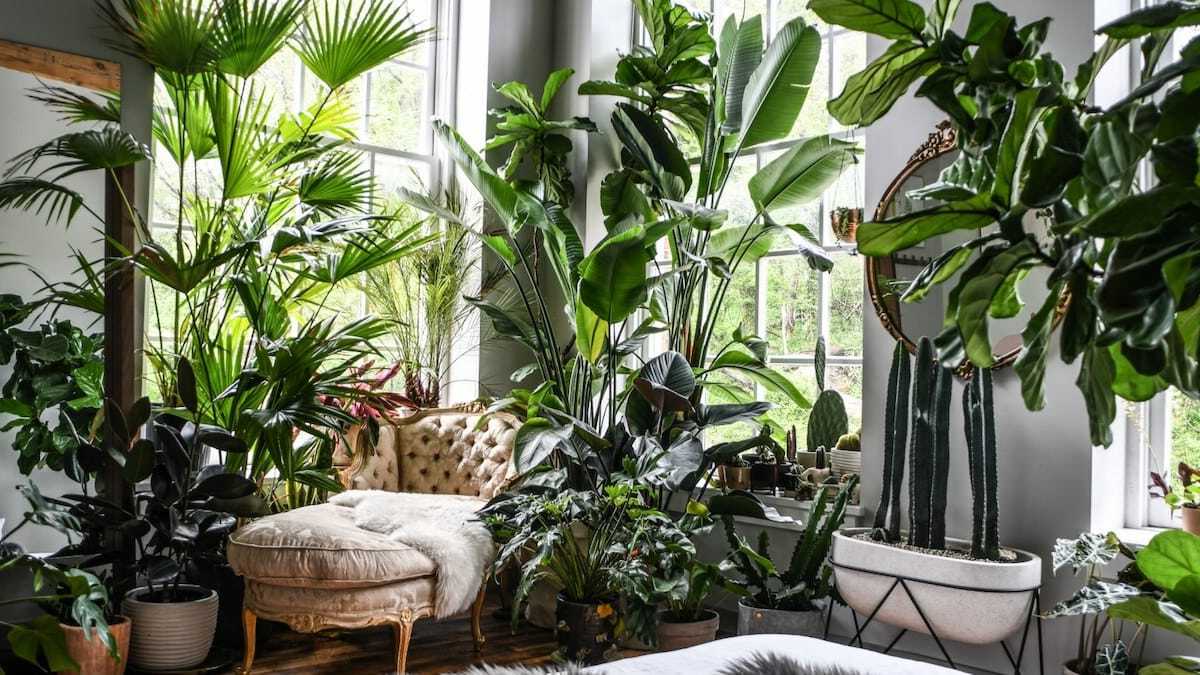
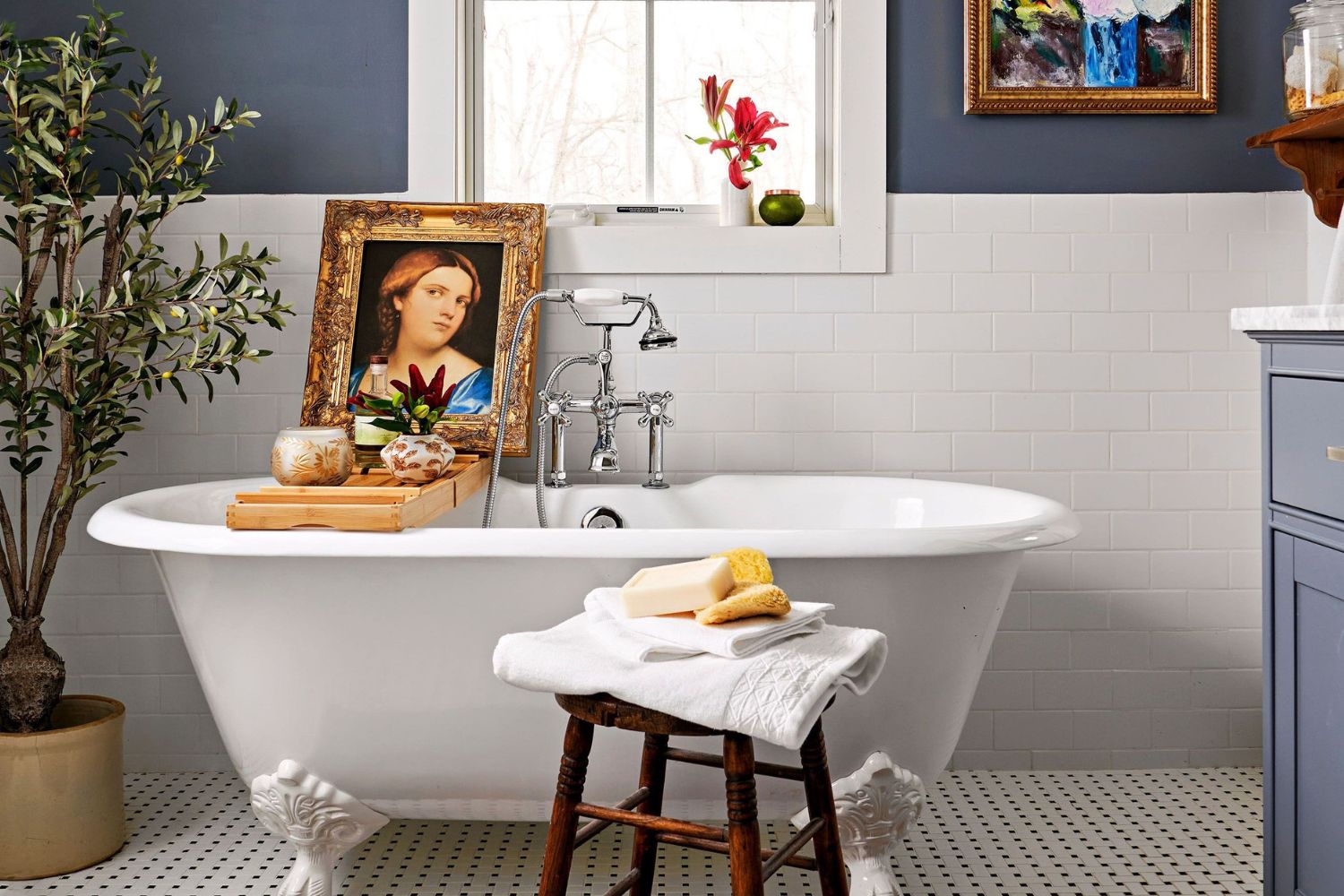
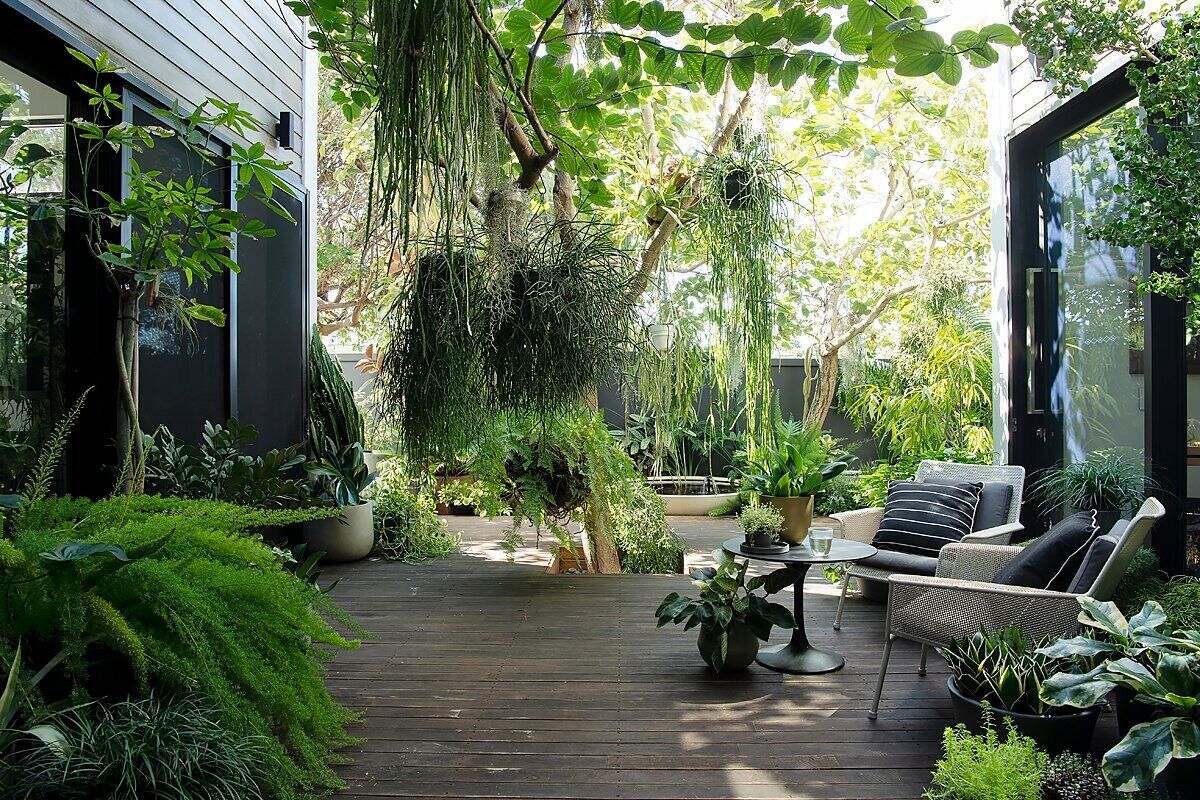
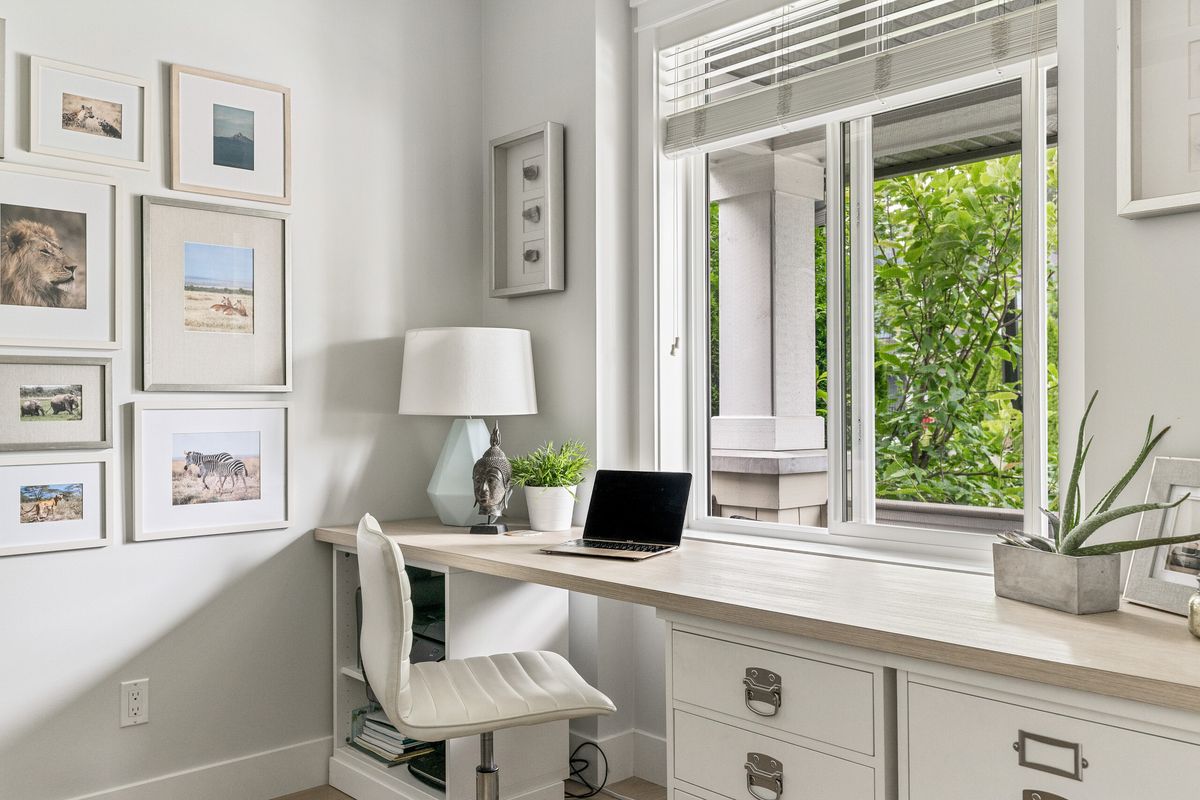
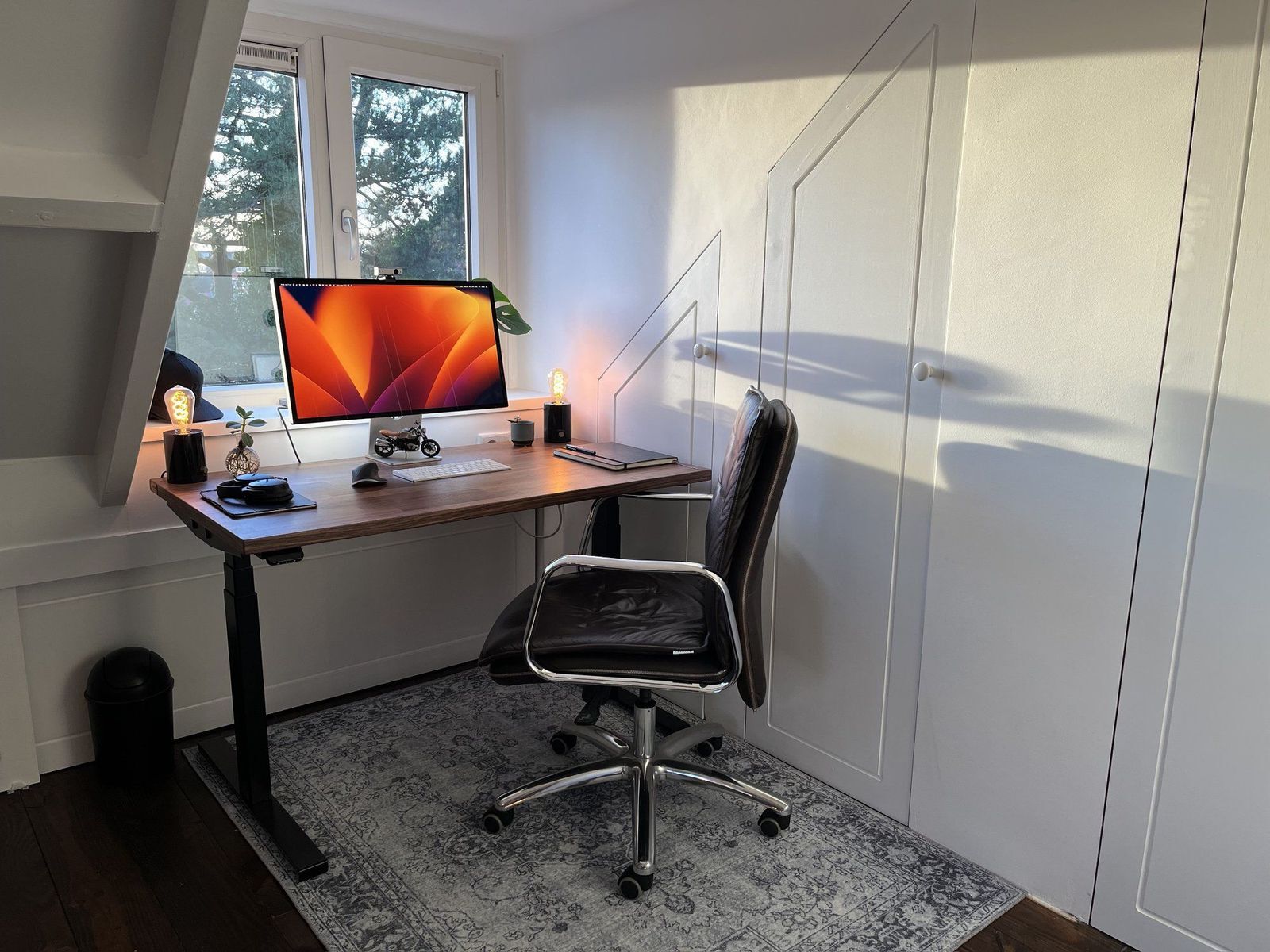
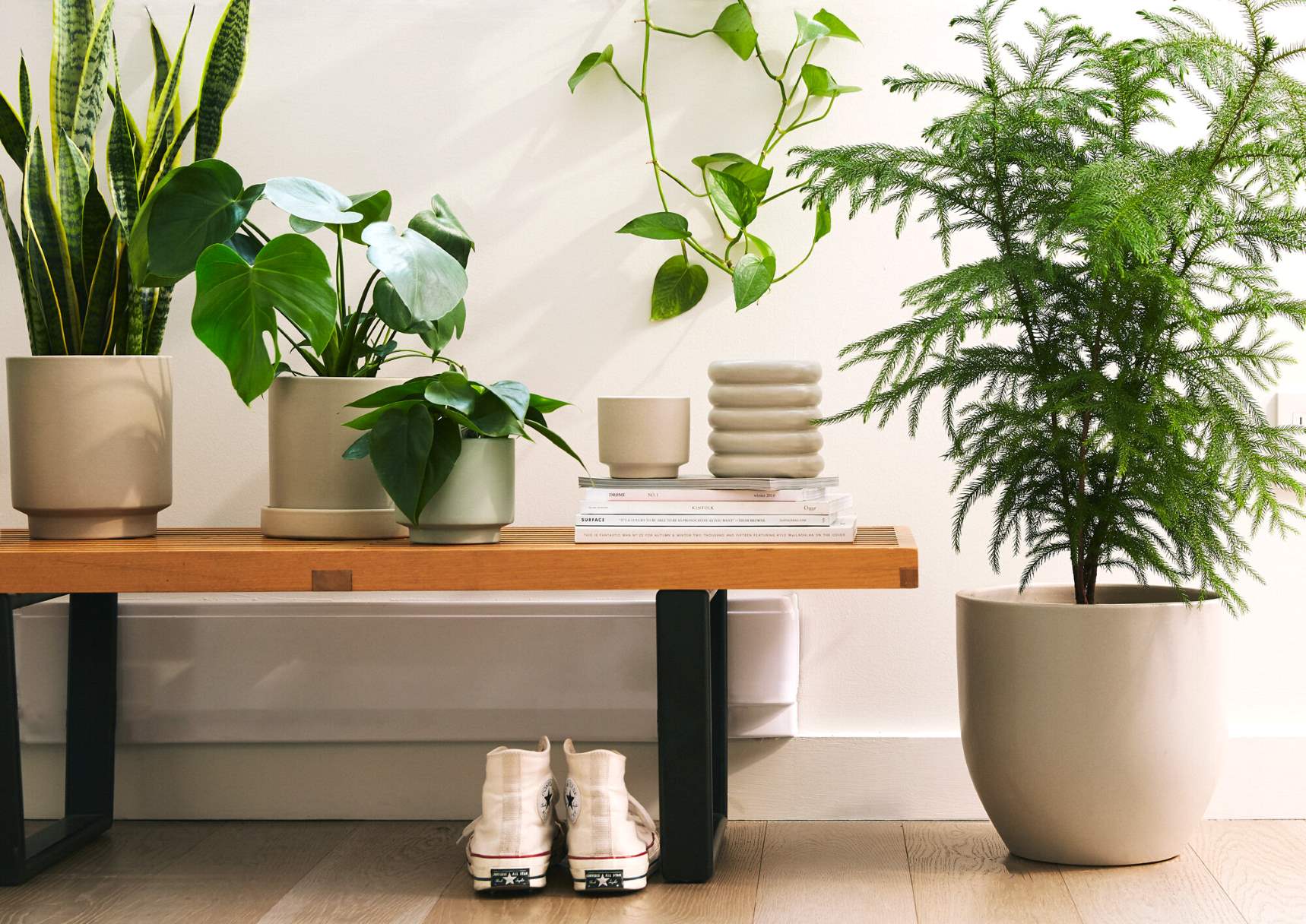
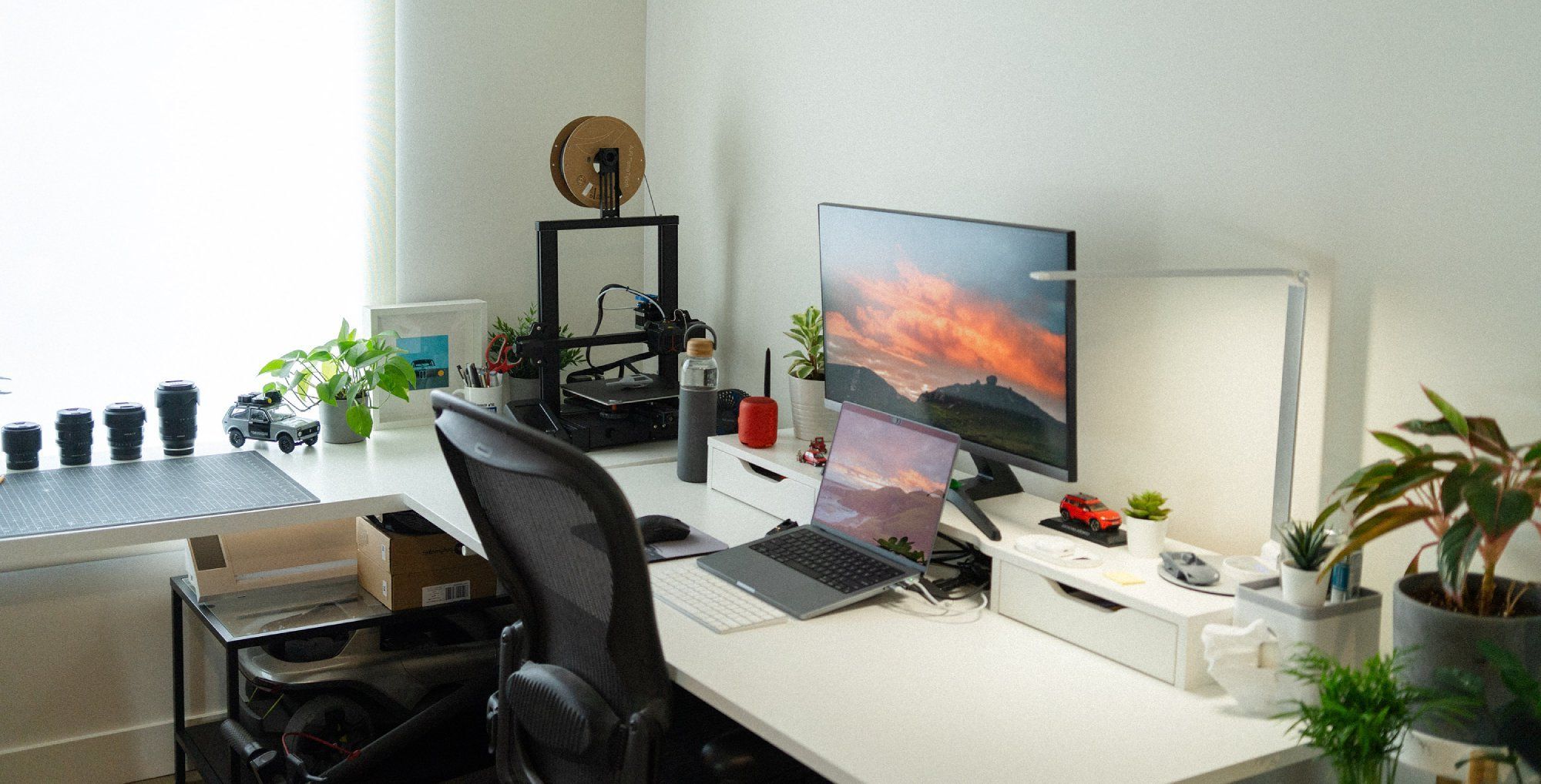

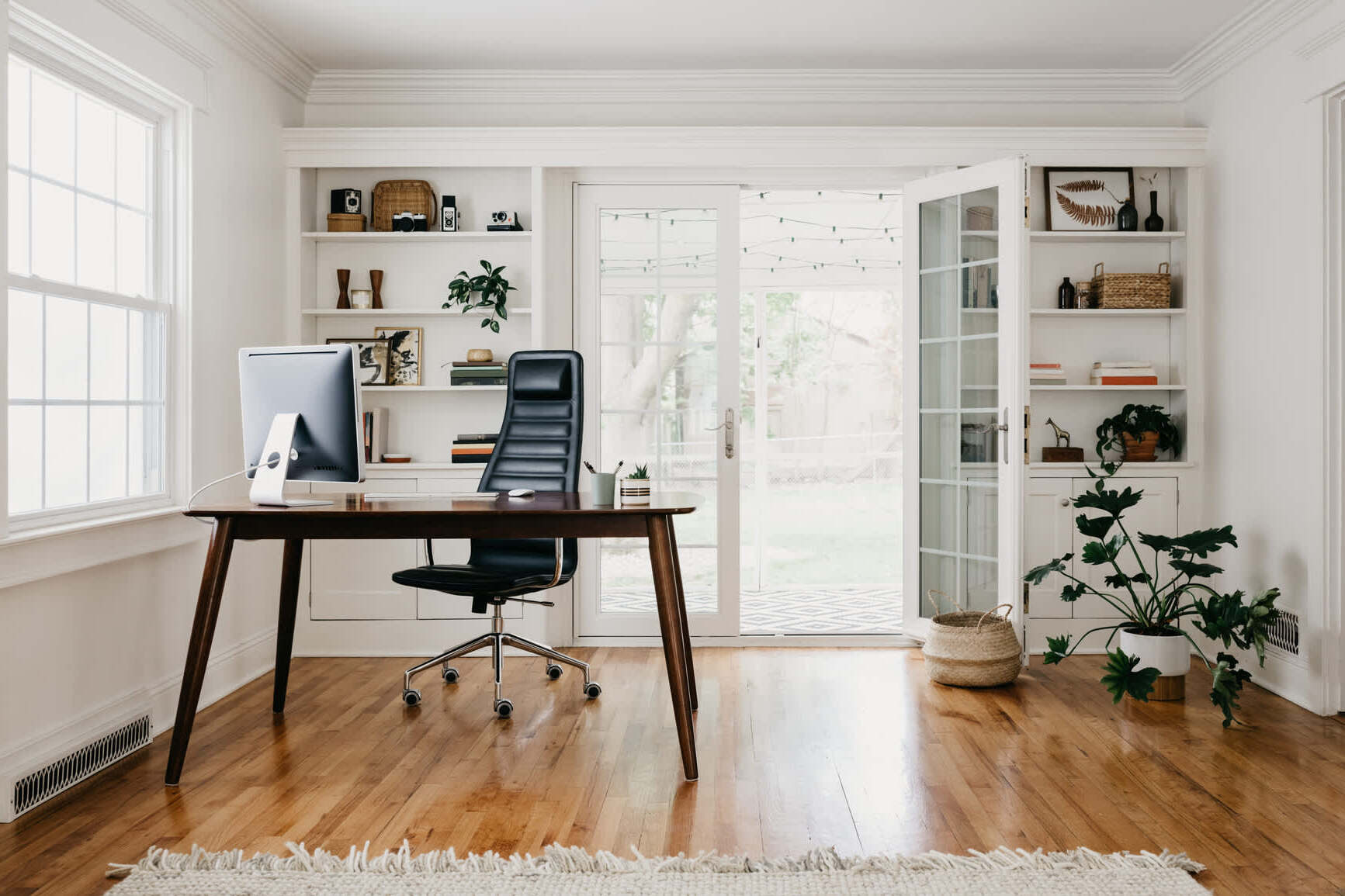


0 thoughts on “Biophilic Office Design: Bringing Nature into Your Workspace”